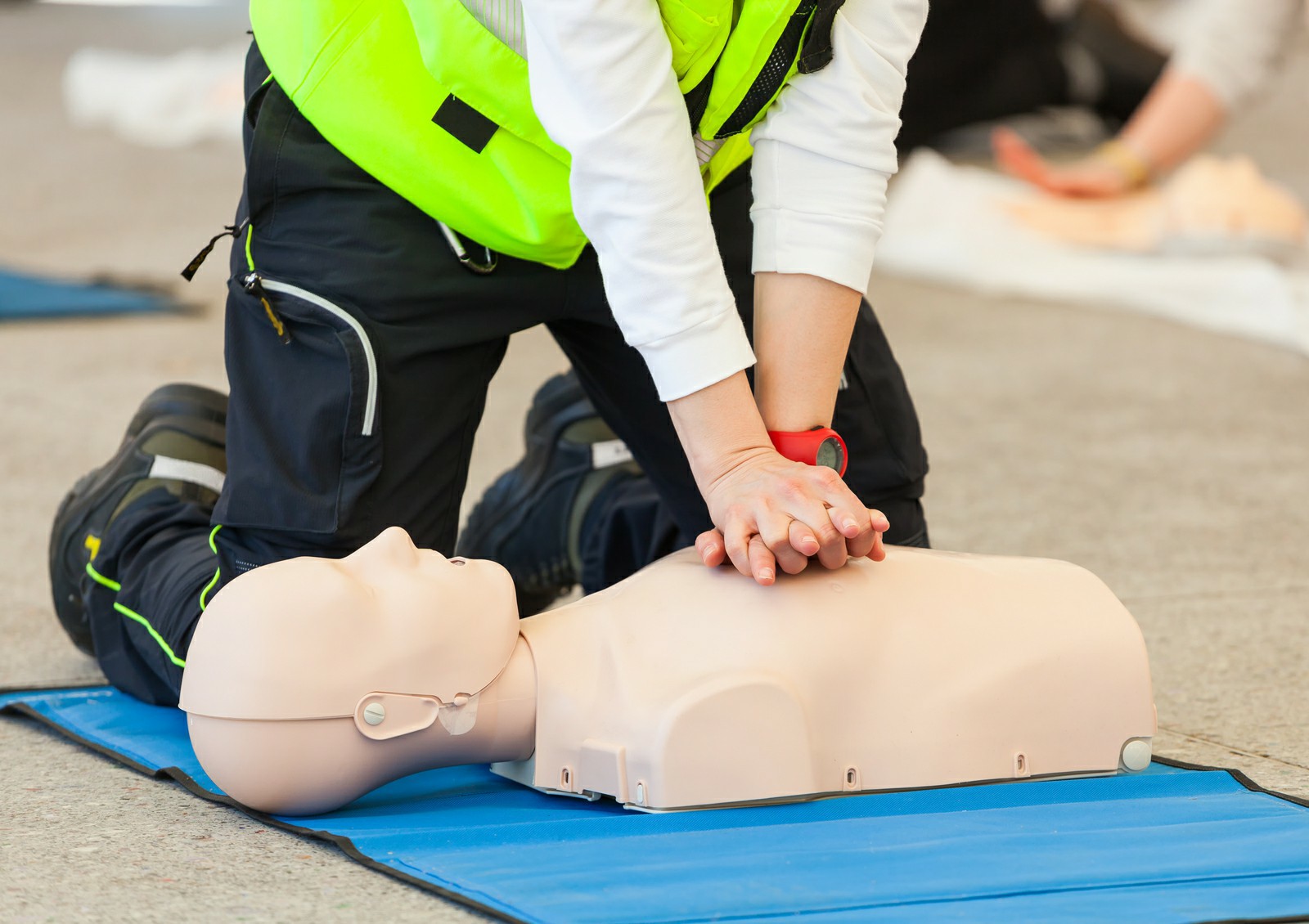Empower Your Workforce: The Critical Role of First Aid and CPR Training in the Workplace
In any workplace, the health and safety of employees should be a top priority. An integral part of fostering a safe environment is ensuring that staff are equipped with essential First Aid and CPR training. Not only does this training enhance employee preparedness, but it also plays a pivotal role in reducing workplace injuries and ensuring compliance with health and safety regulations. In this comprehensive guide, we will delve into the numerous benefits of completing a First Aid Course or obtaining a First Aid Certification.
Understanding the Importance of First Aid Training
Every year, countless workplace accidents occur, leading to injuries that can severely impact both the employee and employer. With the implementation of effective First Aid training, businesses can mitigate risks and proactively address emergency situations. Here are some of the vital benefits:
- Enhanced Employee Preparedness: When employees are trained in Emergency Medical Response, they are more confident and capable of addressing medical emergencies swiftly.
- Reduced Injury Severity: Prompt First Aid can significantly reduce the severity of workplace injuries, which can lead to quicker recovery times.
- Boosted Morale: Knowing that their employer cares about their wellbeing fosters a positive workplace atmosphere.
- Compliance with Regulations: Many regions have specific Workplace First Aid Requirements that mandates businesses to have trained personnel on site.
The Value of First Aid Certification for Employers and Employees
First Aid Certification is an essential credential for both employers and employees. Here’s why:
- Legal Compliance: Attaining First Aid certification helps companies comply with health regulations, making compliance audits smoother.
- Building Trust: Employers who invest in their employees' safety demonstrate their commitment to health, which can improve employee retention.
- Professional Development: A certified workforce can lead to improved productivity and efficiency in handling emergencies.
Critical CPR Techniques Every Workplace Should Implement
Cardiopulmonary Resuscitation (CPR) is a lifesaving technique that can be performed by anyone with the right training. Proficiency in CPR Techniques can be the difference between life and death. Here are fundamental techniques:
- Assessing Responsiveness: Always check if the person is breathing and responsive before proceeding.
- Chest Compressions: Use your hands to compress the chest at least 2 inches deep at a rate of 100 to 120 compressions per minute.
- Rescue Breaths: If trained, give 2 rescue breaths after every 30 compressions, ensuring each breath lasts about 1 second.
- Using an AED: Familiarize yourself with Automated External Defibrillators, which can guide you through resuscitation steps.
Navigating Workplace Health and Safety Regulations through Effective First Aid Compliance
Understanding your region's health and safety regulations around First Aid Compliance is vital. Compliance not only protects employees but also shields businesses from potential legal repercussions.
- Documentation: Maintain records of completed training and keep First Aid kits stocked and accessible.
- Regular Training Updates: Schedule regular refreshers and updates on First Aid and CPR techniques to keep skills fresh.
Immediate Response: Essential Emergency First Aid Procedures
Every workplace should have a clear plan for Emergency Response Training. Training employees in essential emergency procedures equips them to act swiftly in various situations.
- First Aid Kits: Ensure first aid kits are accessible and fully stocked with necessary supplies.
- Emergency Contact Information: Clearly display emergency contact numbers throughout the workplace.
- Regular Drills: Conduct drills and simulations to reinforce response procedures for various emergencies.
Selecting the Ideal First Aid Training for Your Workplace
Choosing the right First Aid Training program tailored to your workplace needs is crucial for maximizing the effectiveness of the training. Consider the following:
- Course Duration: Select courses that fit employee schedules, with options for Online First Aid Courses for convenience.
- Certification Validity: Choose a program that offers recognized certifications which remain valid through periodic updates.
Comparing Online and In-Person First Aid Training Options
With the evolution of technology, both Online First Aid Courses and in-person sessions provide unique benefits. While online courses offer flexibility, in-person classes are beneficial for hands-on training.
- Online Courses: Ideal for busy schedules and can be completed at your own pace. Options like First Aid Certification Online cater to diverse learning needs.
- In-Person Training: Provides practical applications and immediate feedback from instructors.
Conclusion & Call to Action
Investing in First Aid and CPR training is not just about compliance; it’s about ensuring a safe and supportive workplace. Empower your employees with the necessary skills to respond to emergencies effectively.
Ready to enhance your workplace safety? Enroll in a certified First Aid & CPR training course today!
For more information, contact us at [email protected].



 349,500 Offered Certificates
349,500 Offered Certificates
 24/7 Online Training
24/7 Online Training
 Money Back Guarantee
Money Back Guarantee
 Fully Accredited Courses
Fully Accredited Courses
